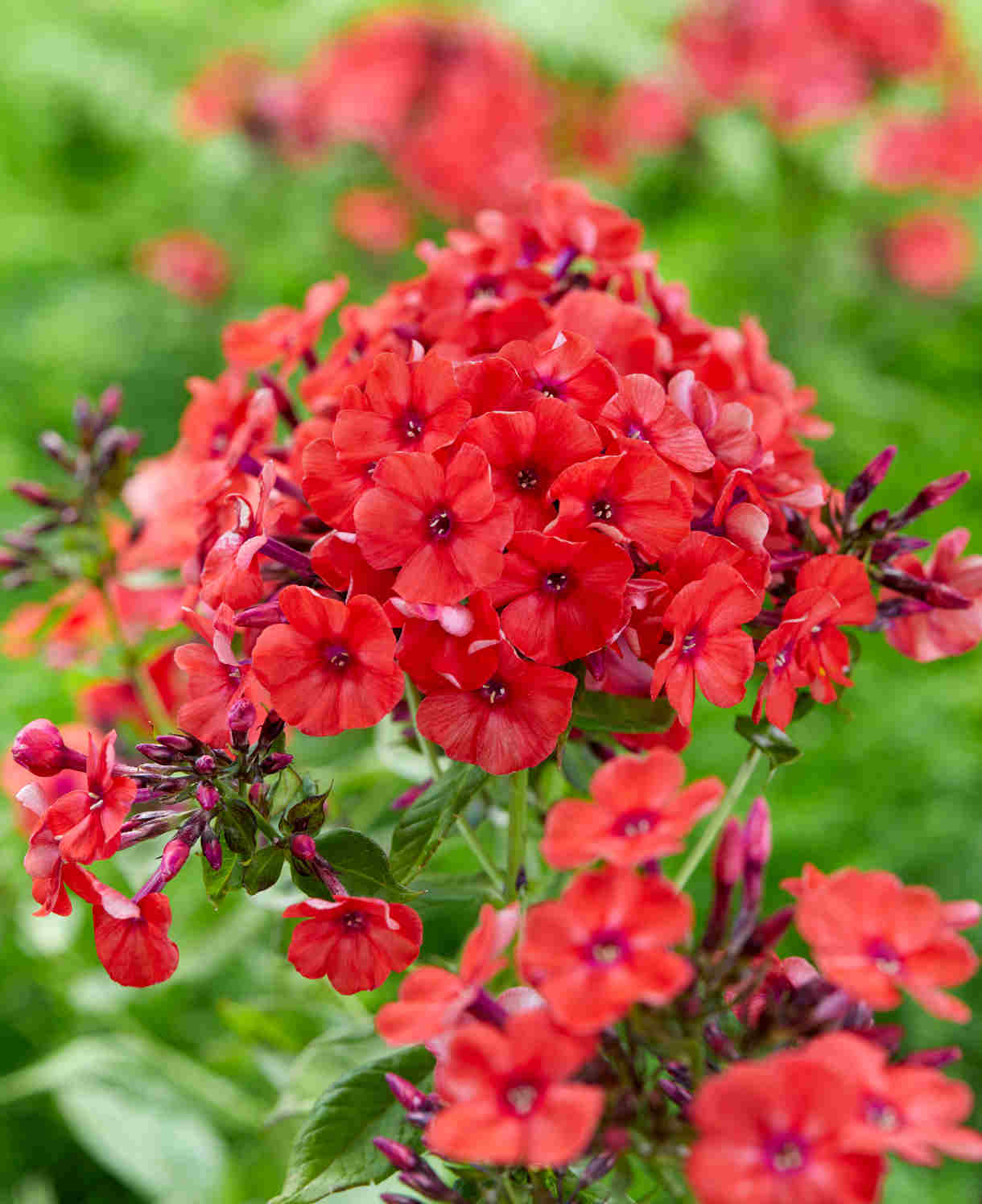How to grow Phlox
Phlox is a large and diverse genus which can be split into three groups. There are the compact, half-hardy annual species often grown as summer bedding; the tall, hardy perennial species popular as border plants; and the low-growing, creeping species. The latter can be separated further into alpines which enjoy a bright, well-draining spot such as a rockery or trough, and woodland dwellers which prefer moist shade.
One thing all types of phlox have in common is an abundance of flowers, often with strong scent.
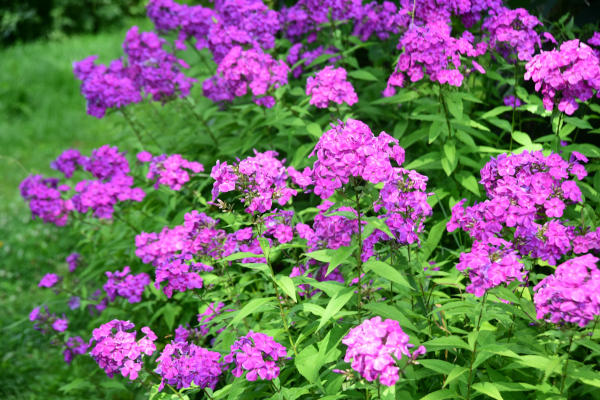
Zantedeschia is a genus of flowering plants from the family Araceae and is native to southern Africa. With a rich history dating back to the Ancient Romans, these deciduous or semi-evergreen perennials have been used as a symbol of celebration. Zantedeschia was Named after Professor Giovanni Zantedeschia, an Italian botanist.
There are two main forms of Zantedeschia: hardy and tender. Hardy forms of the plant can be grown outdoors, enjoy moist soil and full sun or partially shaded conditions - these are known as Arum lilies. Tender forms of Zantedeschia prefer being grown in containers or pots and should be brought inside over the winter - these are known as Calla lilies.
With tuberous flora in all colours from whites, yellows and oranges to deep reds and purples, Zantedeschias are not to be overlooked in any garden, as long as they have sufficient sunlight to grow in.
Ready to learn more about growing Zantedeschia? Read on for all there is to know...

Key Information
Annual Phlox eg drummondii, x hybrida cultivars, prefer sun for most of the day, in fertile, free draining soil on ay pH. Flowering from summer until autumn, they are tender to half-hardy.
Border Phlox eg paniculata, maculata and x arendsii, prefer full sun or light dappled shade in fertile, moist well-draining soil of any pH. Flowering in summer, they are hardy and should survive most british winters outside.
Alpine Phlox eg subulata, doublasii, caespitosa and adsurgens, prefer a sunny spot in free-draining soil of any pH. Flowering spring to summer they are hady in most british winters.
Woodland Phlox eg stolonifera and divericata prefer dappled shade in moist, well-draining soil, stoloifera prefers and acidic soil. Flowering in early summer, they are hardy through most british winters.
Soil pH
Position
Hardiness

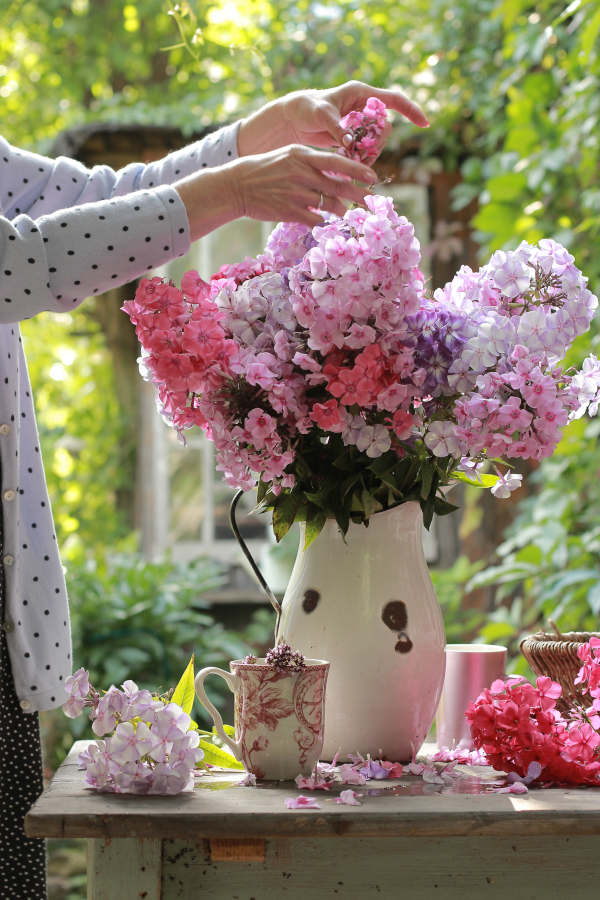
Where & when to plant Phlox
Annual phlox should be planted outside only once all risk of frost has passed in your area. This can vary depending on the region, though is usually around late-May. If your young plants arrive before this, pot into 9cm containers using a well-draining compost mix and keep in a frost-free environment such as a greenhouse, conservatory, or sunny windowsill.
When the time comes, use them to add colour and scent to container displays, hanging baskets, window boxes, or to plug gaps throughout the front of a border.
Pot-grown border phlox can be planted in autumn or spring. An autumn planting can be done by those gardening in mild conditions (and broadly speaking, this is the southern half of the UK). For those liable to cold winters, it is best to wait until spring (generally the northern half of the UK). Planting can also be carried out in summer, though be prepared to water regularly.
Some border phlox are available in bare root form during their dormant period. For best results, we recommend these be potted up as soon as they arrive, kept in frost-free conditions (a cool greenhouse, cold frame, or against a sheltered south-facing wall are all good places), then planted out in spring once they’ve put on a little growth. You can plant them directly into the open ground as soon as they arrive, but in this naked, unestablished form, even hardy plants can be vulnerable to the damaging extremes of winter weather. Much safer to get them started in a protected environment.
Border phlox are often grown in large clumps towards the middle or back of a planting scheme for a bold block of colour. To achieve a more delicate feel try mixing with ornamental grasses.
Alpine phlox are best planted in spring, and are suited to troughs, rockeries, walls, and containers filled with a very gritty mix, always in the sunniest spot possible. Woodland phlox also offer best results when planted in spring – go for dappled shade such as that found beneath deciduous trees and shrubs.
How to plant Phlox
- For planting in the garden, dig the soil area removing any large stones and weeds and breaking up any lumps. Annual and border phlox like a fertile, well-draining soil so if your soil is poor, mix in some organic matter such as manure or garden compost. If it is clay, now is the time to add a generous helping of horticultural grit. Alpine phlox prefers free-draining soil, so if yours is anything other than this either add plenty of grit or sharp sand or consider growing in a container instead. If you are planting a species of woodland phlox which prefers acidic soil and you don’t have this, it is best to go down the container filled with ericaceous compost Other woodland species will be fine with the soil prepared as for annual and border phlox.
- Rake level and firm with your heels. Rake level again.
- Water plants well and allow to drain before planting.
- A good tip is to dig a hole twice the size of the root-ball. Fill with water and allow to drain before placing in the plant.
- Place the plant in the hole, ensuring the top of the root ball sits level with the surface of the soil. Too low and the plant may rot, too high and the roots can dry out.
- Backfill with soil and firm in gently with your foot.
- Soak well with water.
- Mulch around the base. For annual, border, and woodland phlox use well-rotted organic matter (or either composted pine needles or ericaceous compost for acid-loving woodland species). For alpine phlox, horticultural grit is best.
- For planting in containers, first choose an appropriately sized pot. You may wish to grow your phlox on its own in a pot just a few centimetres larger than the rootball, or as part of a larger, mixed container display. Either way, ensure there are plenty of drainage holes in the bottom.
- If you are using a large or heavy pot, it can be a good idea to fill and plant it in situ to save yourself the trouble of moving once full.
- Use a good quality potting compost with plenty of horticultural grit mixed in (extra for alpine phlox – aim for at least 30% grit), and, if not already present in the compost some slow-release fertiliser granules. Some species of woodland phlox prefer acidic conditions, in which case an ericaceous compost is best.
- Start by partially filling the pot with compost; enough so that when placed on it the upper surface of the root ball is about 3cm lower than the top of the pot.
- Infill all the space surrounding the root ball with compost, firming down with your fingers then adding a little more so the plant is held tight.
- Pick up the container and lightly tap on the potting bench or ground a few times to help further settle the compost around the plant.
- Soak well with water.
- A mulch with horticultural grit will look attractive and help to prevent a ‘cap’ or crust forming on the top of the compost (something container plants can suffer due to the artificial nature of their watering).
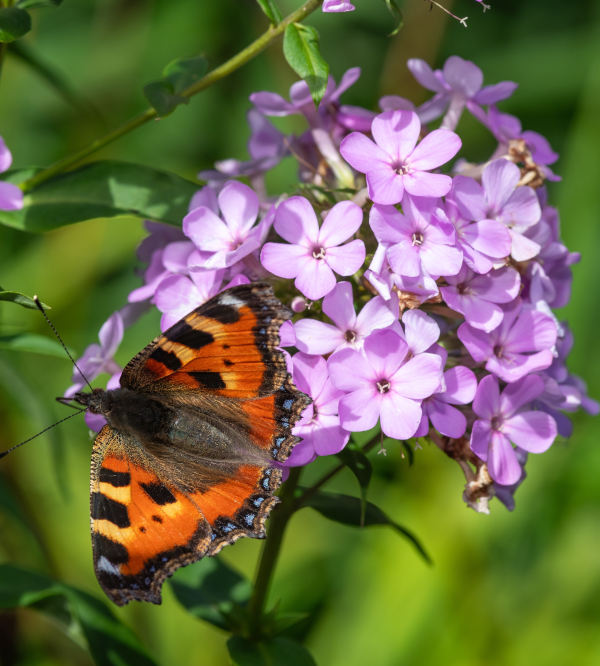
What to plant with Phlox
For a riotous summer container display, mix your annual phlox with other bedding plants such as nemesia, bidens, thunbergia, and verbena. To add a foliage element, try cascades of helichrysum or dichondra.
Cottage garden favourites border phlox look most at home amongst equally bold, chunky, statuesque companions such as delphinium, lupin, alstroemeria, echinacea, digitalis, and echinops.
Alpine phlox are natural bedfellows for other creeping or spreading, sun-loving, rockery dwellers including creeping thyme, aubrieta, Sedum ‘Coral Carpet’, and helianthemum.
Woodland phlox looks divine mingled with brunnera, galium, and violas on the ground beneath deciduous trees.
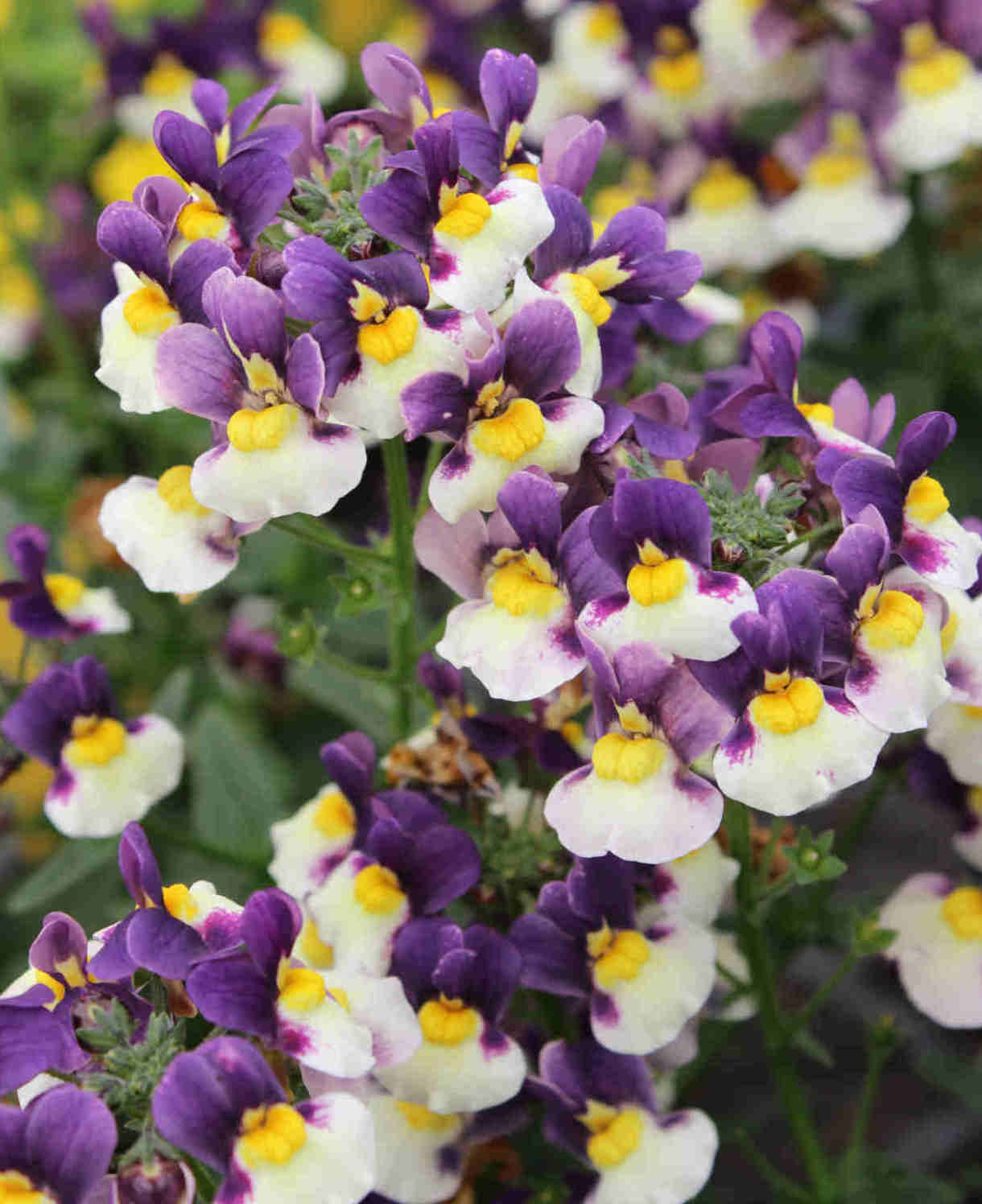

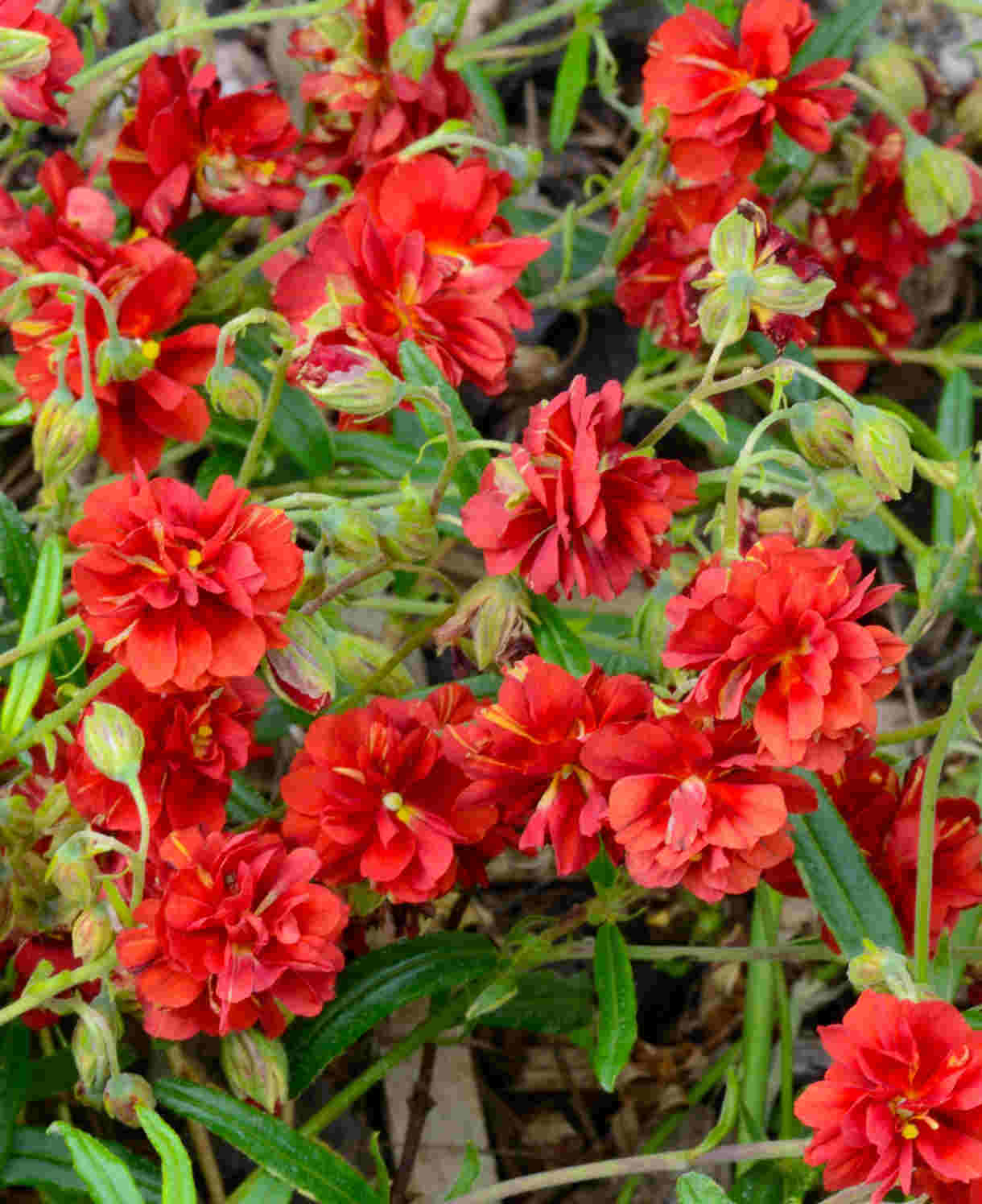
How to care for Phlox
Pruning and Deadheading
Border phlox are good candidates for the ‘Chelsea chop’, which involves cutting the stems back by up to half in late May both to create a denser, stockier plant and delay flowering by 3-4 weeks. You can either treat the whole plant in this way or just a few stems per plant.
Deadhead annual and border phlox to keep plants looking neat and encourage further flowering. For border phlox this will be in the form of smaller, sideshoot flowers in autumn.
Annual phlox can be simply removed to the compost at the end of the growing season, while border phlox should be cut back to just above ground level. This can be done in autumn, though leaving it until late winter/ early spring is better for wildlife as the stems provide a habitat for overwintering insects.
Give alpine and woodland phlox a trim after flowering to keep them neat and compact. Otherwise, these are best left to their own devices.
Border phlox requires lifting and dividing every few years to reinvigorate tiring clumps and reduce congestion. They will often start to die out in the middle leaving a ‘donut’ of growth, which is your cue to act. See our ‘How to propagate phlox’ section below for more information.
Watering
Water newly planted phlox regularly until established (the first few weeks in the ground), and then in very hot dry spells after this – phlox don’t enjoy drought conditions and you may notice the foliage wilting during a heatwave. Annual phlox don’t have time to put out extensive root systems, so will need extra monitoring during warm weather. Aim for consistently moist but not soggy soil – allowing the top couple of centimetres to dry out before watering (wiggle your finger down into the soil to check this).
Container-grown phlox need regular watering throughout the growing season as they can dry out very quickly. Again, aiming to allow the top few centimetres of compost to dry out between soakings is a good rule of thumb to help avoid overwatering. Take care not to have alpine phlox sitting too wet – a very free-draining compost mix is key.
Feeding
Annual, border, and woodland phlox all enjoy fertile, nutrient-rich conditions and benefit from a mulch of well-rotted organic matter on first planting (and again every autumn or spring unless they are annuals). This is a layer of manure, garden compost, or, for acid-loving species, composted pine needles/ ericaceous compost, applied to the soil around the plant. Not only does this boost the nutrient content of the soil, but it also suppresses weeds and locks in moisture.
After this, give hungry annual phlox a weekly application of high potassium liquid feed, such as tomato feed, to ensure you get the most out of their short life. Give border phlox an application of general purpose granular feed each spring, applying it to the surface of the soil and lightly working in (known as a ‘top dress’). The same goes for woodland phlox, though remember to use ericaceous feed for acid-loving species.
Like all alpine plants, alpine phlox hail from naturally poor soil, so do not usually need any extra fertiliser when grown in the open ground. Those in containers may, over time, benefit from some slow-release, low-nitrogen feed. Either mix this into the compost when potting/ repotting or apply as a ‘top dress’. This is when you scrape away the top 5cm of compost in a container and replace it with a fresh mix containing a small amount of feed. Aim to carry out in spring.
Cold Protection
Annual phlox will be naturally knocked back by the first frosts, at which point you can remove and dispose of them if you haven’t already.
All other phlox are hardy and, if grown in the right conditions, should withstand an average UK winter without any additional protection. Having said this, there are different degrees of hardiness, and some cultivars are less hardy than others. Those with a hardiness rating of H4 can cope with temperatures dipping to between -5°C and -10°C, so may struggle in very harsh winters, particularly in gardens where drainage is poor and the roots sit in wet soil. They make more vulnerable container plants, and it can be worth wrapping their pots in bubble wrap, fleece, or hessian to protect the roots against frost. Examples of H4 rated phlox include P. paniculata ‘Blue Boy’, and P. paniculata ‘Alexandra’.
Phlox with an H5 rating can withstand between -10°C and -15°C and should be fine in all but the most exposed spots. Again, protect those grown in containers. P. divaricata ‘Clouds of Perfume’, P. subulata ‘White Delight’, P. paniculata ‘Smokey’, and the ‘Sweet Summer’ series of P. paniculata all fall into this category.
Those rated H6 and H7 (i.e., the majority of border, alpine, and woodland species) can be relied upon to get through winter without concern. Protect container-grown H6 phlox in very cold, exposed areas. Otherwise, leave them to it!
Pests and Diseases
Overall, phlox is largely trouble-free, though slugs and snails can be a nuisance, when plants are young. Encouraging natural predators into your garden, such as birds, frogs, toads, and hedgehogs, will make a big difference. Torchlight searches after dark (when slugs and snails are at their most active) are also effective, allowing you to collect the offending molluscs in a bucket and dispose of as you see fit. Relocating to a nearby woods or bagging up and putting in your freezer before popping them in the bin are said to be the most humane approaches.
A fungal disease known as powdery mildew can also crop up, appearing as a white, powder-like coating on foliage. This is generally a sign that a plant is stressed – often through lack of water, though other causes can include poor airflow, over fertilizing, and insufficient sunlight.
Prune off and dispose of any affected leaves and if necessary, thin out surrounding plants to improve airflow and light levels. Do not be tempted to give the plant extra feed, as this will generate an excess of soft, new growth which is particularly susceptible to the fungus.
Whilst rare, some border phlox can occasionally fall prey to a microscopic pest called stem eelworm. Look out for the telltale signs of stunted growth and remove and dispose of any plant on which you suspect this to be a problem, as well as any other potential host plants within a 1m radius.
How to propagate Phlox
While annual phlox can be propagated by seed, these won’t come true to the parent plant and we advise buying new seeds or plants each year.
The quickest and easiest way to propagate border phlox is to lift and divide established plants, either in autumn or spring. As well as providing new plants this is recommended as a routine maintenance practice, done every 2 to 3 years to maintain the vigour of existing clumps.
- Choose a day when the soil is not frozen or waterlogged.
- Dig the plant out of the ground.
- Shake off any excess soil.
- Separate the plant into sections using either swift, cutting blows with a sharp spade, or two forks inserted back-to-back with tines touching, handles then pushed together to prise the plant apart.
- Discard old, damaged, or surplus pieces, keeping healthy, vigorous material.
- Replant decent-sized pieces where desired, and any smaller bits can be potted up.
- Water well until fully established.
Alpine and woodland phlox are best propagated by cuttings in late spring.
- Find non-flowering shoots 5-10cm long and snip off the plant.
- Put them in a plastic bag straight away to prevent drying out.
- Fill a container with a compost mix which is at least 50% perlite (or if you prefer, as we do, 100% perlite).
- Remove the lowest third of leaves. If the remaining leaves are large, cut them in half (to reduce water lost through transpiration).
- Insert the cuttings into the compost and water lightly. Several cuttings can be put in the same container if there is enough space to do this without them touching.
- Place in a propagating unit with bottom heat if you have one or covered with a plastic bag on a windowsill if not (out of direct sunlight).
- Keep the cuttings misted and occasionally watered until they root. You will know this has happened when roots emerge out of the bottom of the container.
- Gently remove rooted cuttings and pot them into individual pots. Grow on in an unheated conservatory or greenhouse they are big enough to be planted out.
* Many plants carry Plant Breeders Rights and cannot be propagated for commercial purposes.
Common Phlox questions
Does phlox like sun or shade?
This varies depending on the type of phlox. Alpines need plenty of sun, annual and border phlox like sun but can cope with some light shade during part of the day, while woodland phlox prefers dappled shade.
How fast does phlox spread?
Phlox are considered relatively vigorous plants and perennial species can be expected to reach full size in 2-3 years.
Is phlox poisonous to dogs?
Phlox is not known to have any toxic effects on animals.
Do phlox reseed themselves?
Phlox will often self-seed, though for many cultivars the offspring will be different to the parent plant. Instead, to increase the stock of your chosen plant we advise either division or cuttings (see ‘How to propagate phlox’ above). Deadheading will prevent self-seeding.
Does phlox bloom more than once?
Annual phlox can be encouraged to produce continuous blooms throughout the season with regular deadheading.
If their spent flowers are removed immediately after blooming, border phlox may flower again in autumn, though this time from smaller sideshoots.
Alpine and woodland phlox flower only once.
Does border phlox require staking?
Though often tall, these plants have remarkably sturdy stems and rarely require staking other than in very exposed, windy sites.
